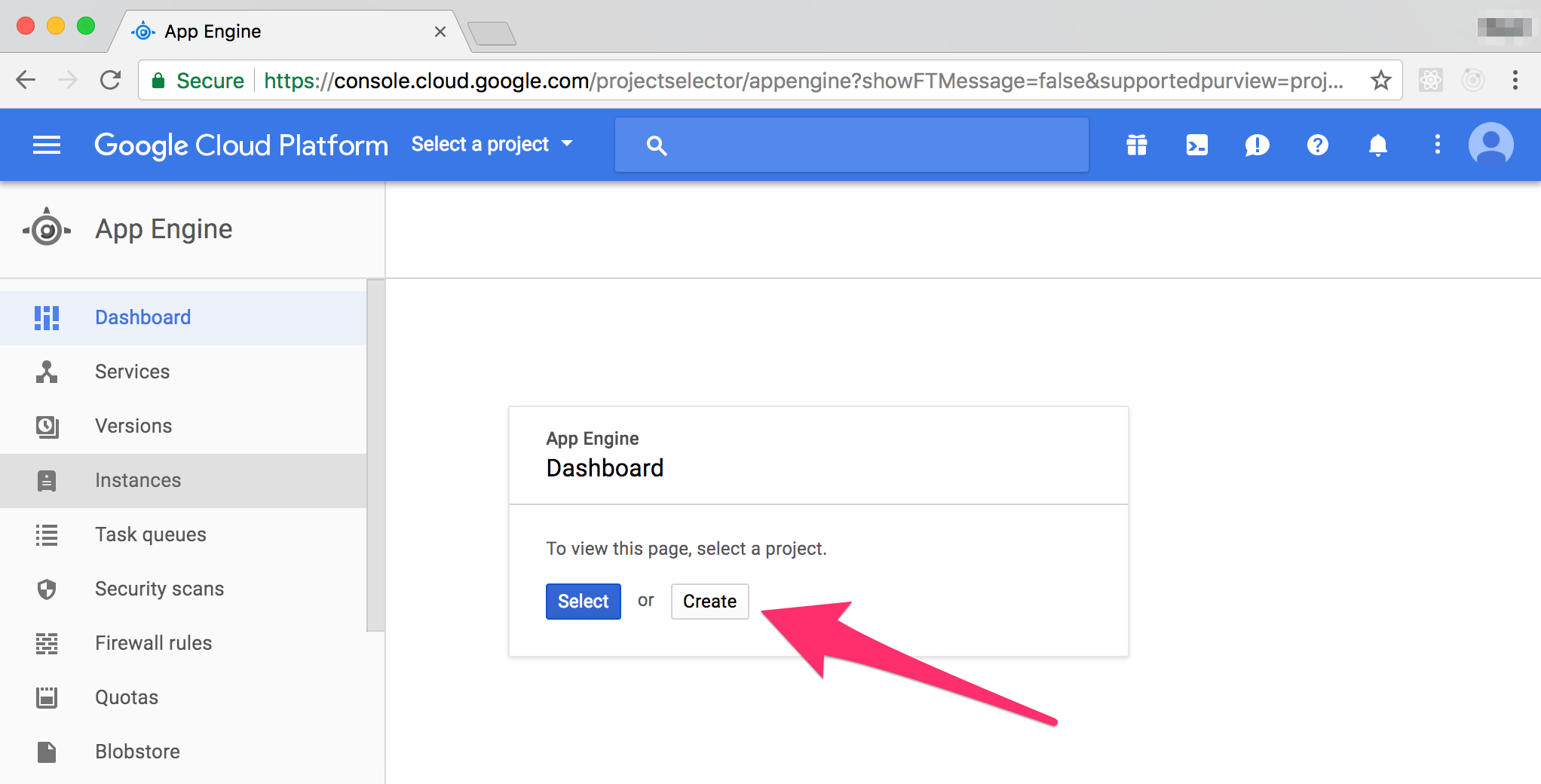

- #Download google app engine sdk for java install
- #Download google app engine sdk for java code
- #Download google app engine sdk for java password
- #Download google app engine sdk for java download
The web server is starting automatically, you should see the following message in the Eclipse console
#Download google app engine sdk for java code
In debug mode you can change source code and test is without restarting the server. I personnaly most of the time run my server using the debug command Run > DebugAs > Web Application. To test that your application has been created correctly select the menu Run > Run As > Web Application. The App Egine SDK, installed with the Eclipse plugin contains a Web server (based on Jetty), that could be used for testing and debugging.

#Download google app engine sdk for java install
Install it using thejava -jar JAXB2_20091104.jar command.JAXB 2.2 Implementation to simplify the marshalling/unmarshalling of the XML, and also facilitate the JSON support.
#Download google app engine sdk for java download
#Download google app engine sdk for java password
You will be prompted for the email address and password of your Google App Engine account. Where version needs to be replaced with the version of Camel you're using. In the background, the application retrieves weather data from the Google Weather Service, transforms the data to generate a simple weather report and sends the report by email via the gmail component. The response also contains a link logging out from the application. It then generates an immediate HTML response containing information about the city and the receiver of the report. The application transforms the report request and enqueues it with the gtask component for further background processing. POSTed form data are dispatched to the Camel application via the ghttp component. Users of this application need to login with their Google account. The example web application generates a weather report for a city that is entered by the user into a form and sends the weather report via email to either the currently logged-in user or a user-defined receiver. For developing that application the Camel Components for Google App Engine are used. Goal of this tutorial is to get a non-trivial Camel application running on Google App Engine (GAE). Camel on Google App Engine Tutorial Overview


 0 kommentar(er)
0 kommentar(er)
